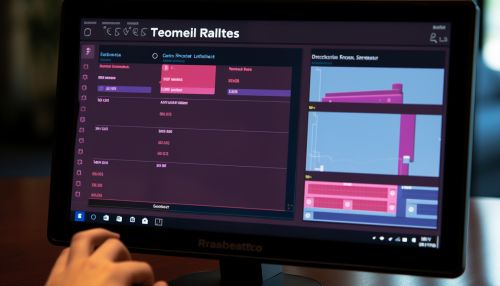Black Box Testing
Overview
Black box testing is a method of software testing that examines the functionality of an application without peering into its internal structures or workings. This method of testing can be applied to virtually every level of software testing: unit, integration, system, and acceptance. It is sometimes referred to as specification-based testing.


Methodology
The key aspect of black box testing is that it only focuses on the inputs and outputs of the software system, without considering how the output was produced. The tester does not need knowledge of the internal paths, structures, or implementation of the software being tested.
Black box testing can be classified into two types: functional and non-functional. Functional testing is based on the business requirements. It involves feeding inputs to the system and examining the outputs. Non-functional testing, on the other hand, is not concerned with the functions of the system. Instead, it checks the performance, usability, reliability, etc. of the system.
Techniques
There are several techniques used in black box testing, including:
- Equivalence partitioning: This is a software testing technique that divides the input data of a software unit into partitions of equivalent data from which test cases can be derived.
- Boundary value analysis: This is a method in software testing where tests are designed for showing boundary values. The values will be on the edge of an equivalence partition or at the smallest incremental distance on either side of an edge.
- Decision table testing: A decision table is a good way to deal with combinations of things. This type of table is really useful where various combinations of inputs result in different actions being taken. It's a structured exercise to prepare requirements when dealing with complex business rules.
- State transition testing: In this type of testing, both positive and negative inputs are provided and the system is then moved from one state to another.
Advantages and Disadvantages
Like any other testing method, black box testing has its advantages and disadvantages.
Advantages include:
- Tester does not need to know programming languages or how the software has been implemented.
- Tests are done from a user's point of view.
- Test cases can be designed as soon as the functional specifications are complete.
Disadvantages include:
- Test cases are difficult to design without clear and concise input/output requirements.
- It is not possible to do complete testing of complex software applications.
- There is a possibility of redundant testing.
Applications
Black box testing is widely used in software development and quality assurance. It is particularly useful in validation activities such as system verification and validation, user acceptance testing, and system integration testing. It can also be used in the maintenance phase of the software development life cycle to validate modified software before it is released.
